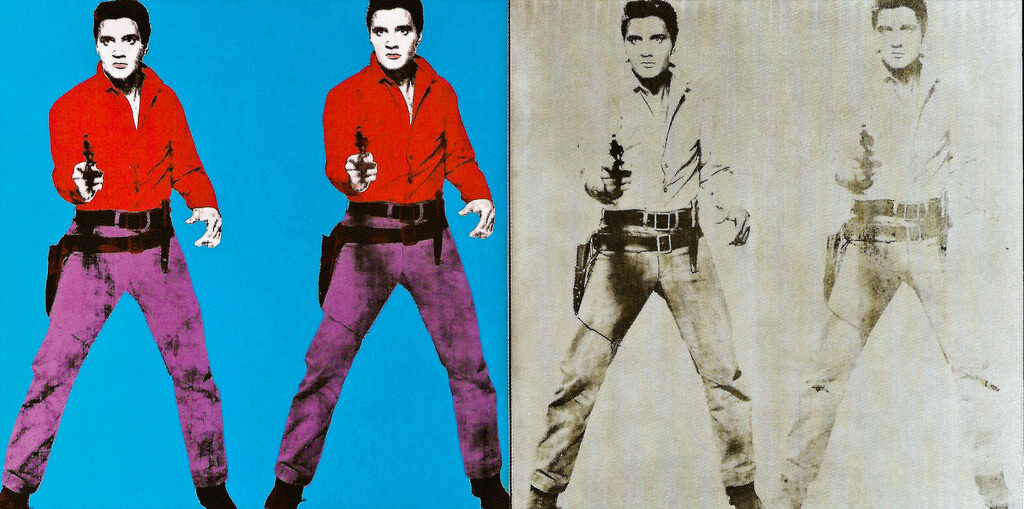“In the late 1960s the most exciting art was coming out of the New York School, but AGO’s curators were focusing the majority of their purchases on works by Old Masters, not contemporary art.
“The Women’s Committee decided we had to buy contemporary art. In 1966 we approached the New York art dealer Leo Castelli about buying a Warhol. He sent us slides and photographs of a number of Warhol works—in those days we didn’t have JPEGs. From what he sent, we decided on Elvis I and II. It cost $6,000, which was all the money the Women’s Committee had!
“You might think making this decision was easy, but it was not a slam dunk. Some of the Women’s Committee members were against Warhol because they didn’t like Pop art. Some people just didn't get it, until it was almost too late. They were still caught up with what was happening in Europe—British Art and art from the Paris School. Also, even though Andy Warhol was famous, he was not yet the name that he is today.
“But the young committee members said, ‘Come on, you’ve got to get with it!’ Finally, everyone came on board with Warhol’s Elvis I and II, which is a good thing because the work is a piece that anchors the AGO’s collection today. A similar work called Triple Elvis sold at Christie’s for $81.9 million in 2014—an incredible record-breaking sale for a rare Warhol that a collector was desperate to own.”
